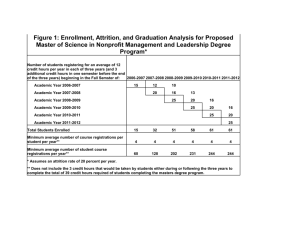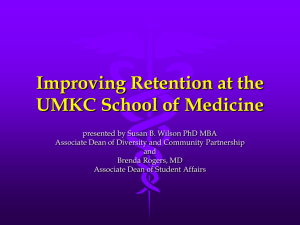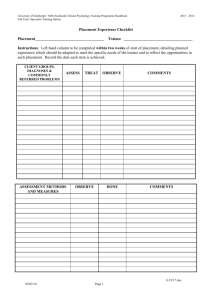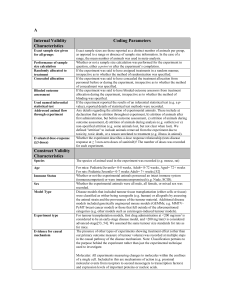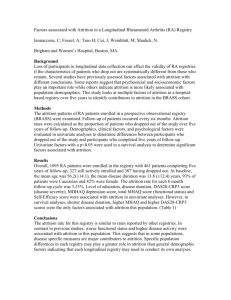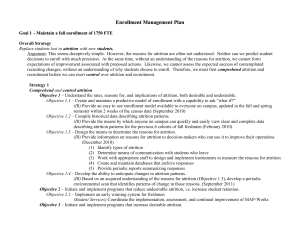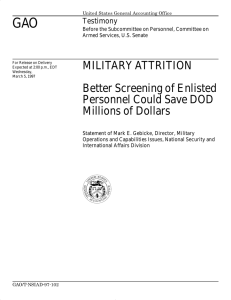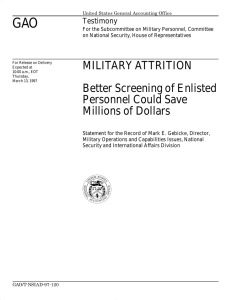stock and flow lab report
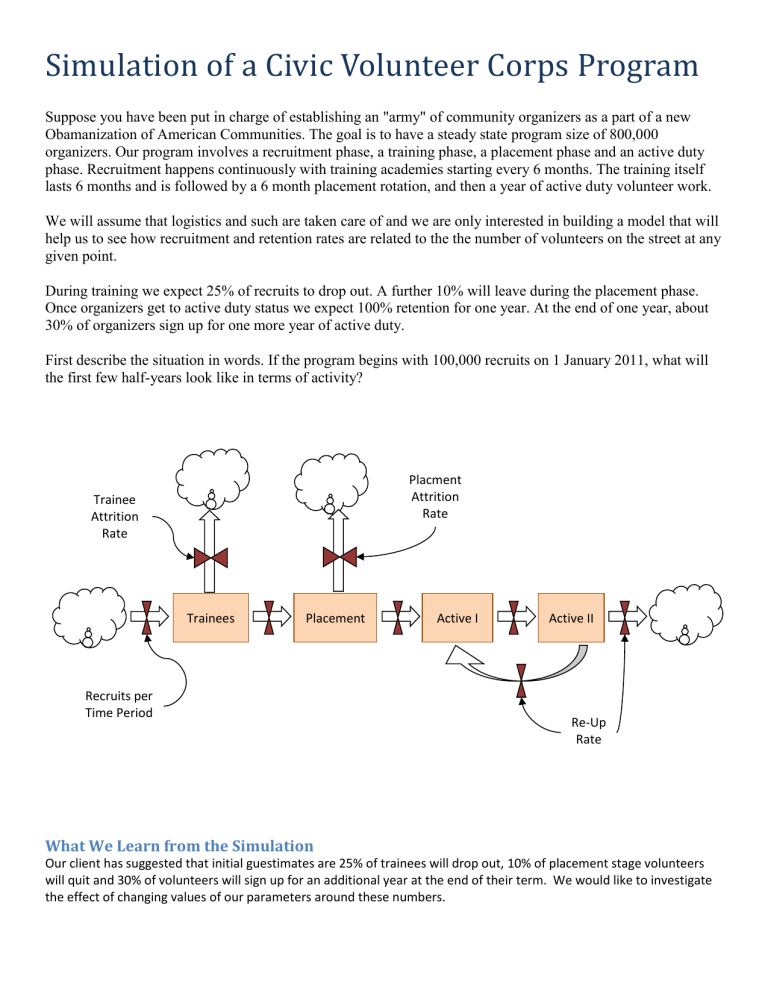
Simulation of a Civic Volunteer Corps Program
Suppose you have been put in charge of establishing an "army" of community organizers as a part of a new
Obamanization of American Communities. The goal is to have a steady state program size of 800,000 organizers. Our program involves a recruitment phase, a training phase, a placement phase and an active duty phase. Recruitment happens continuously with training academies starting every 6 months. The training itself lasts 6 months and is followed by a 6 month placement rotation, and then a year of active duty volunteer work.
We will assume that logistics and such are taken care of and we are only interested in building a model that will help us to see how recruitment and retention rates are related to the the number of volunteers on the street at any given point.
During training we expect 25% of recruits to drop out. A further 10% will leave during the placement phase.
Once organizers get to active duty status we expect 100% retention for one year. At the end of one year, about
30% of organizers sign up for one more year of active duty.
First describe the situation in words. If the program begins with 100,000 recruits on 1 January 2011, what will the first few half-years look like in terms of activity?
Trainee
Attrition
Rate
Placment
Attrition
Rate
Trainees Placement Active I Active II
Recruits per
Time Period
Re-Up
Rate
What We Learn from the Simulation
Our client has suggested that initial guestimates are 25% of trainees will drop out, 10% of placement stage volunteers will quit and 30% of volunteers will sign up for an additional year at the end of their term. We would like to investigate the effect of changing values of our parameters around these numbers.
Recruit/Trainee Attrition
Using the default levels of Placement Stage Attrition and Re-enlistment Rates, let’s look at lower and higher than default levels of recruit/trainee attrition
R e c r u i t / T r a i n e e A t t r i t i o n
Lower ( %) Default ( %) Higher ( %)
System
Performance
Placement Stage Attrition
Using the default levels of recruit/trainee attrition and re-enlistment rates, let’s look at lower and higher than default levels of recruit/trainee attrition
P l a c e m e n t S t a g e A t t r i t i o n
Lower ( %) Default ( %) Higher ( %)
System
Performance
Re-enlistment Rates
Using the default levels of recruit/trainee attrition and placement stage attrition, let’s look at lower and higher than default levels of re-enlistment rates
R e - e n l i s t m e n t R a t e s
Lower ( %) Default ( %) Higher ( %)
System
Performance

